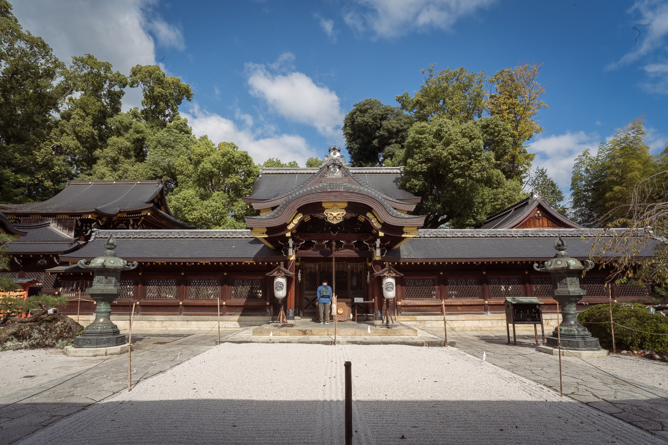
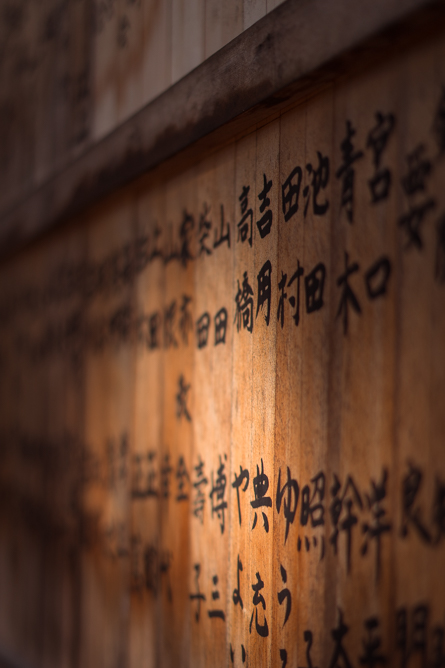
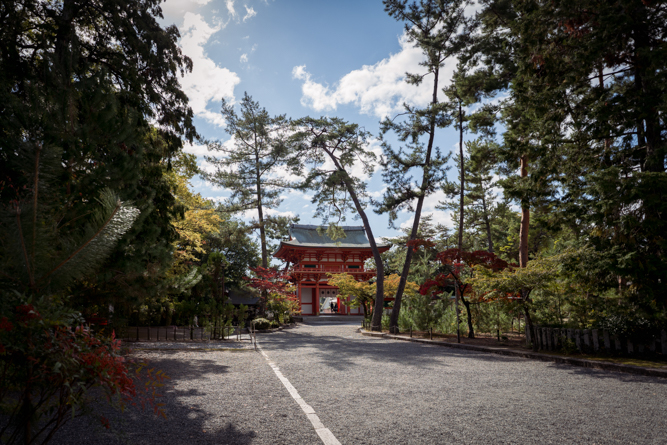
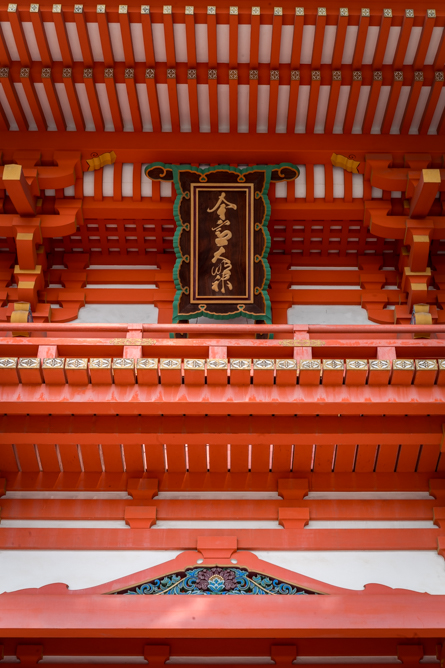
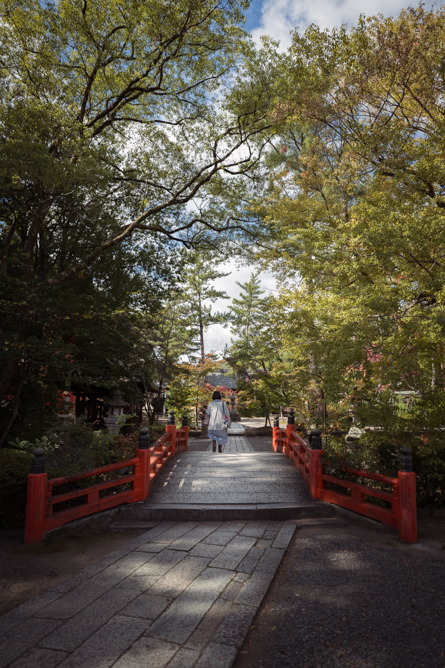
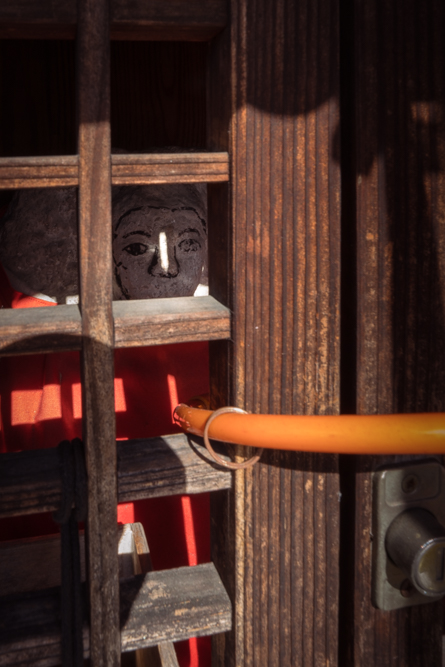

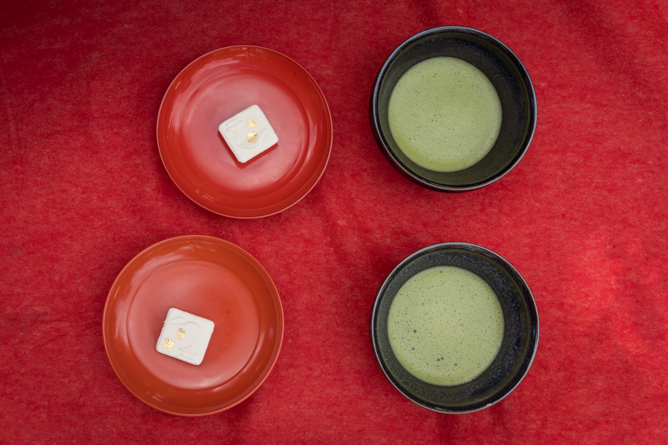
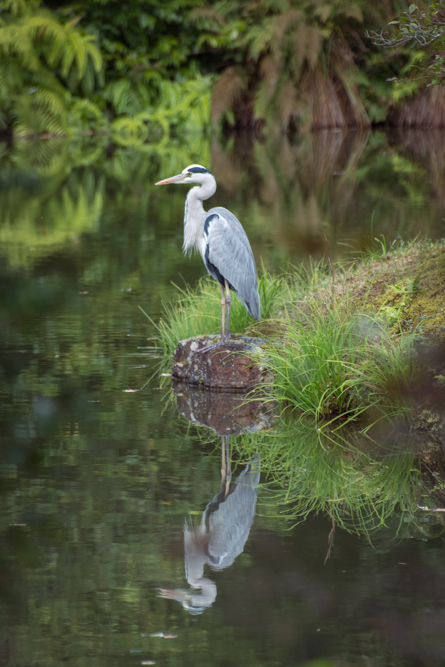

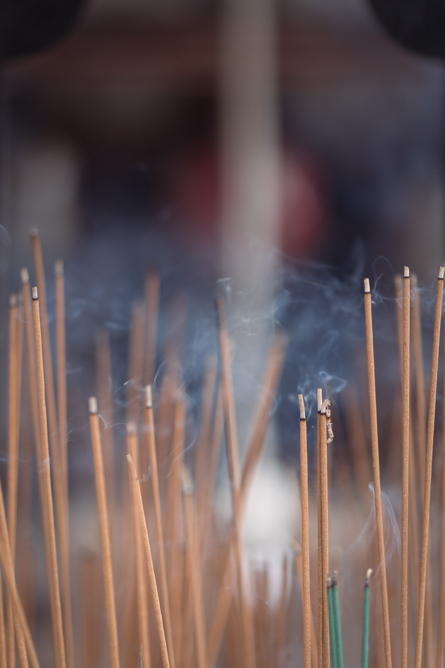
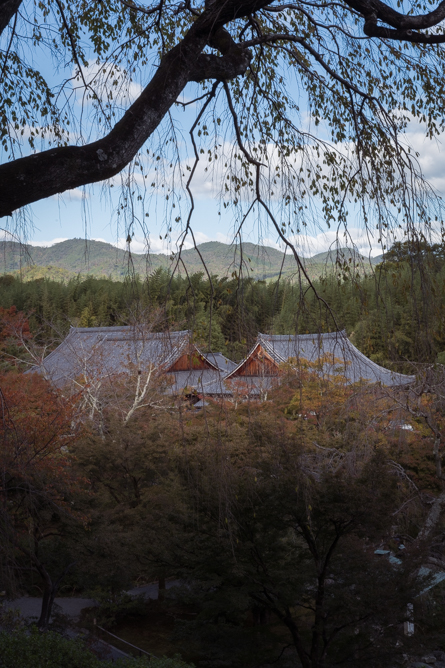
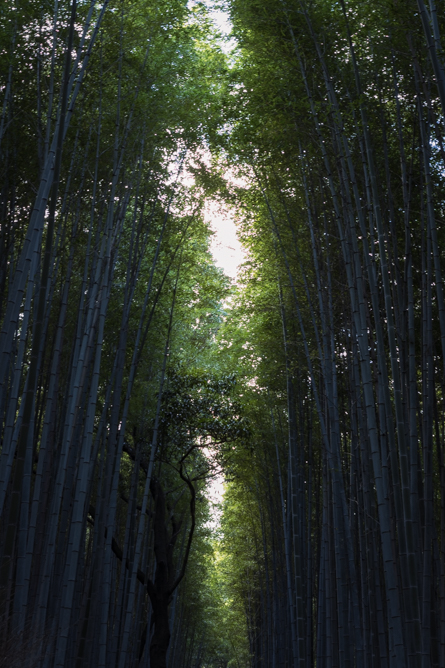
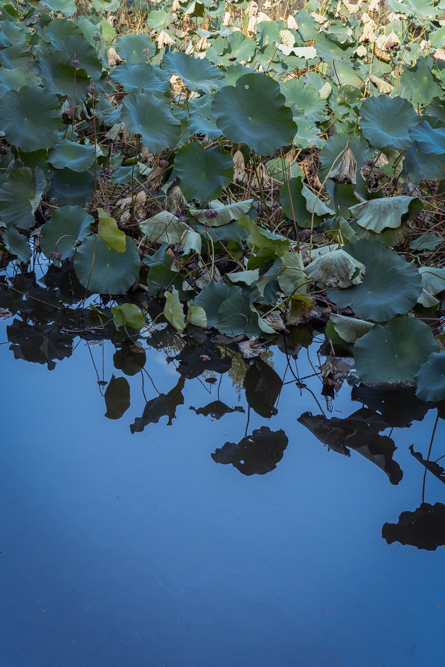

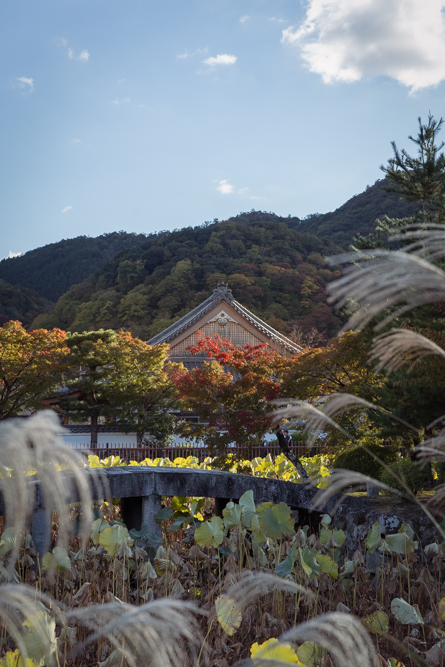
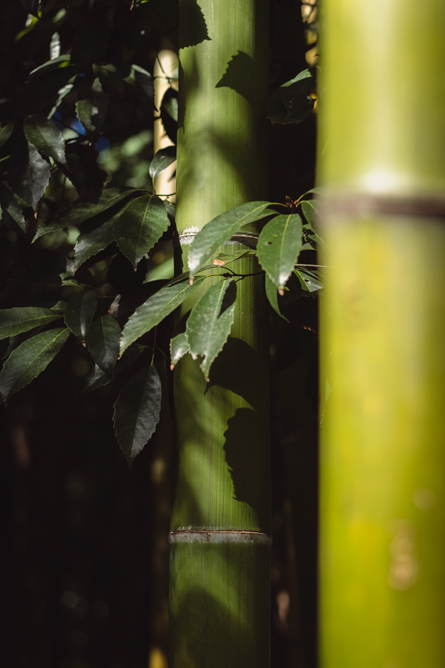
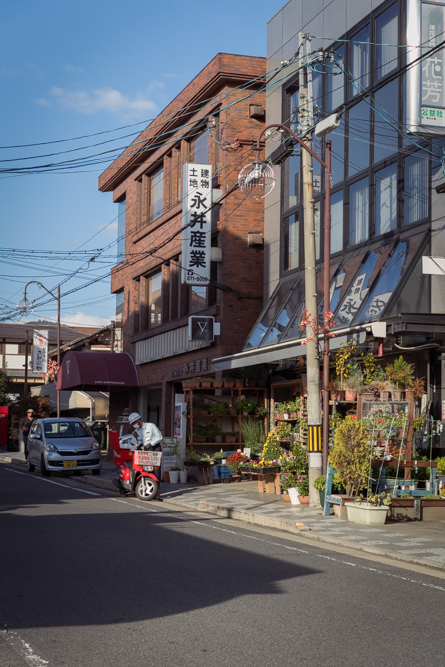
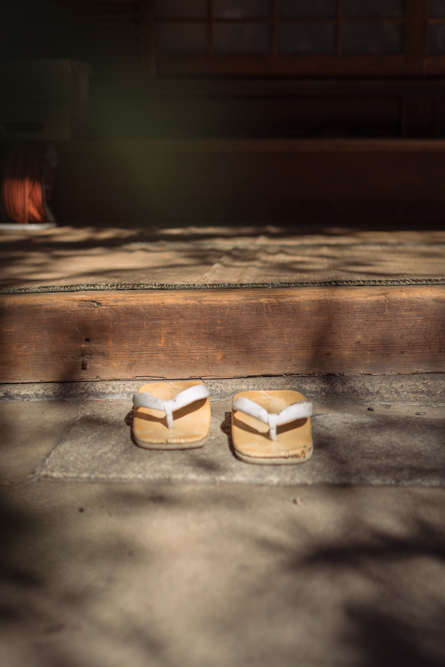
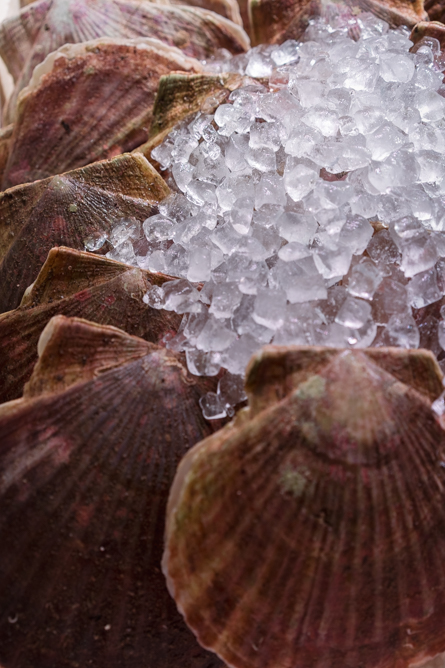
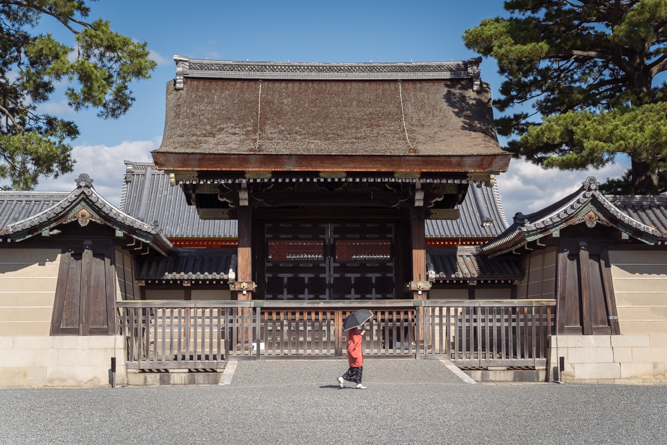
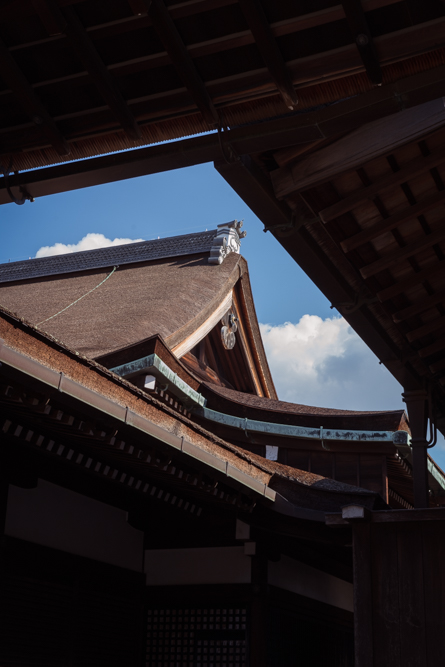
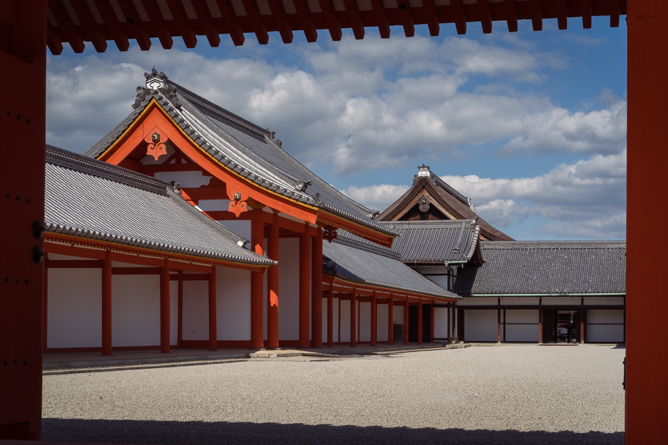

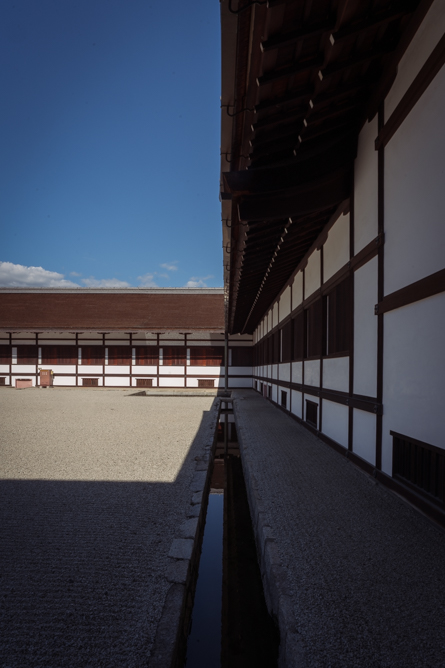
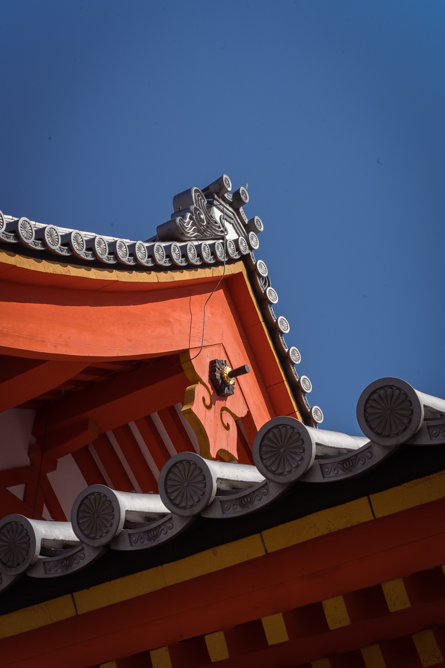
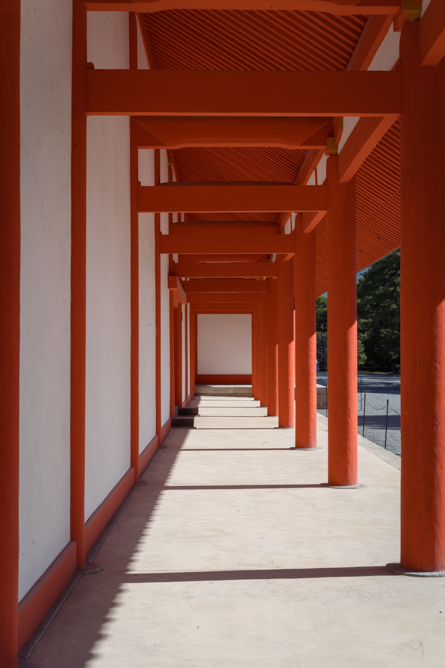
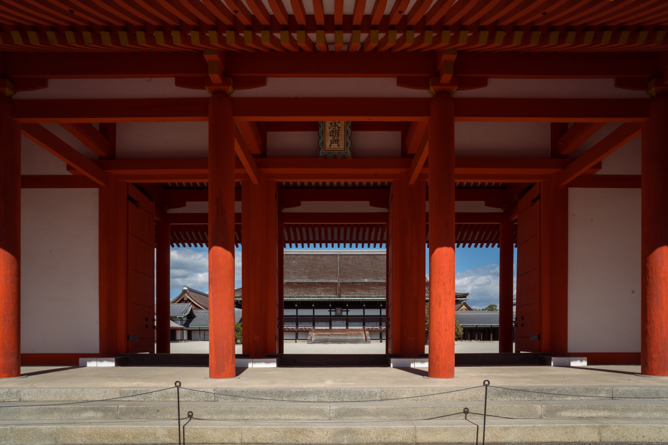
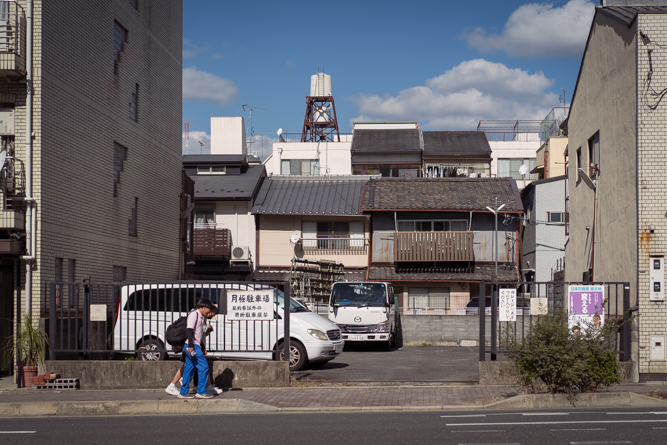
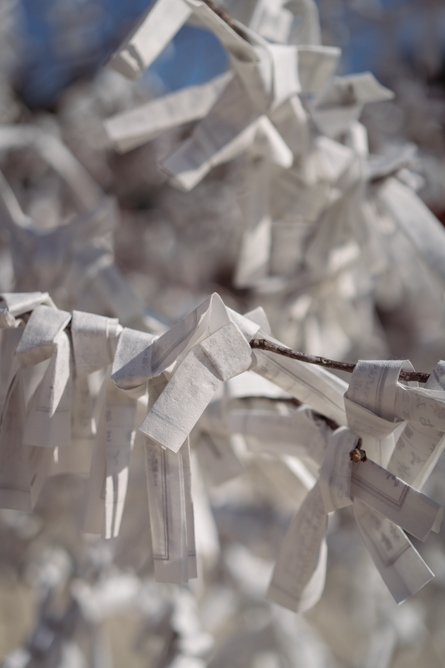

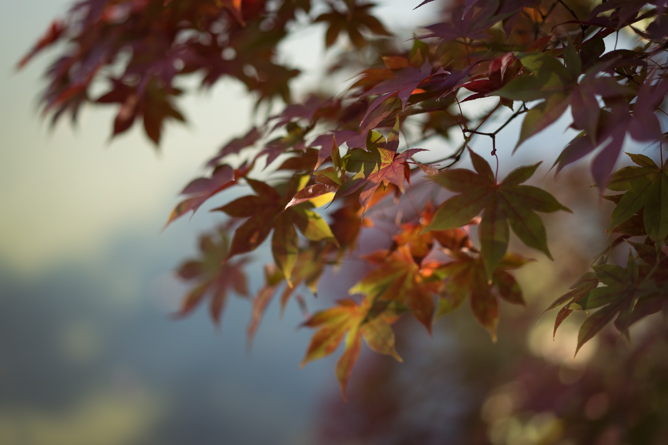
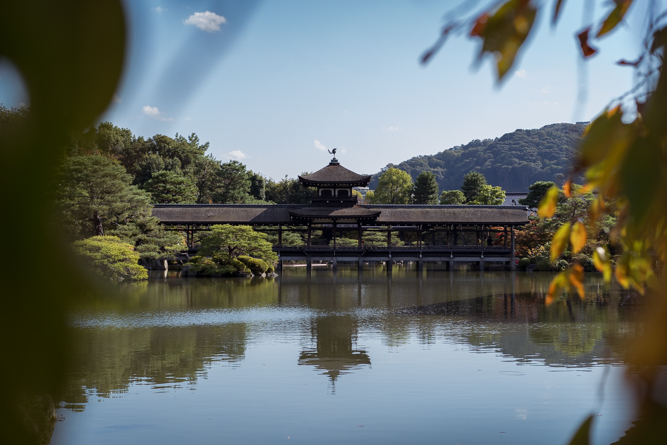
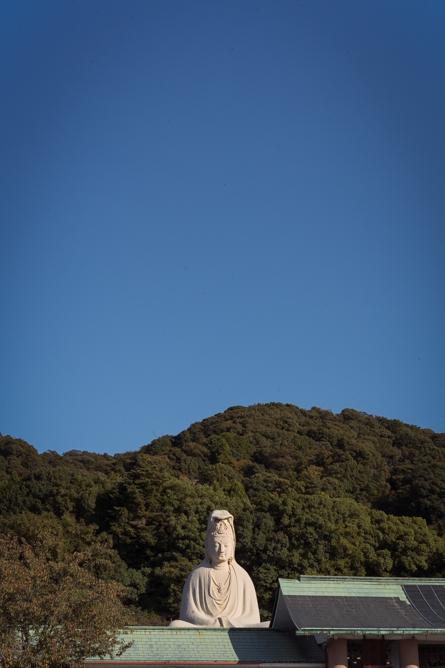
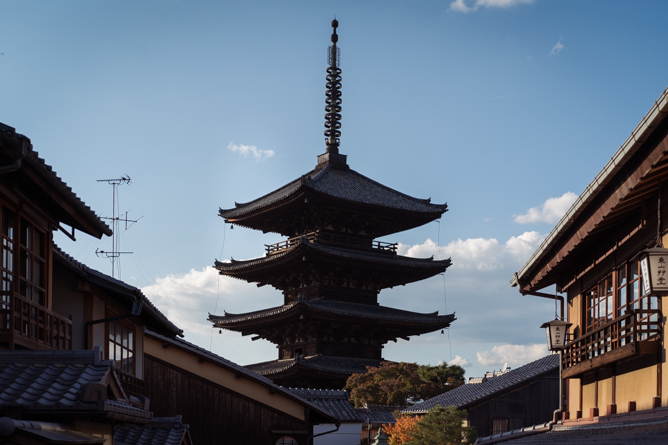
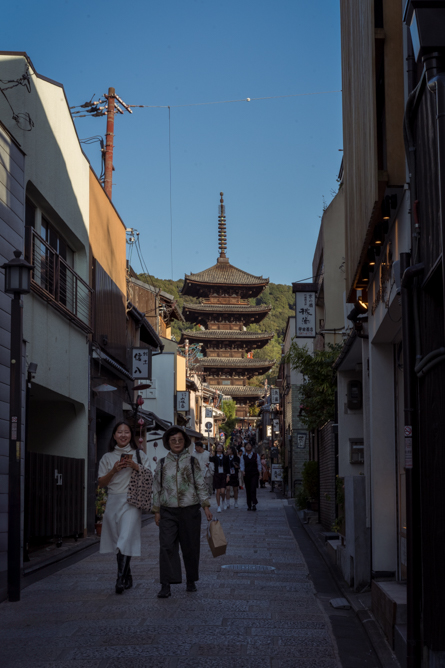
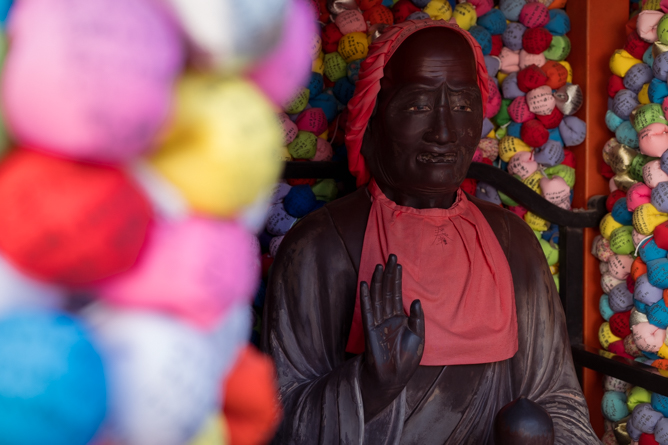
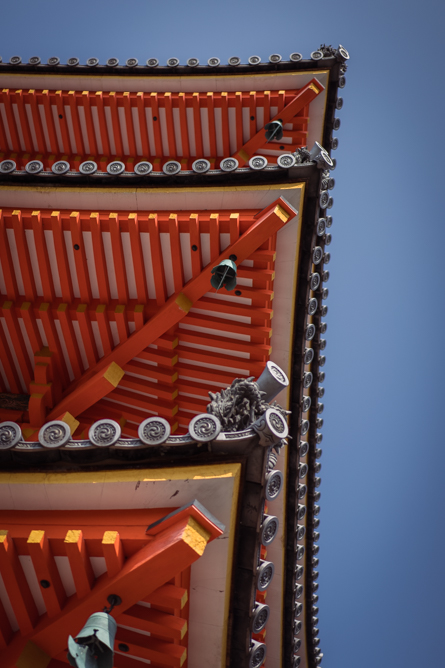
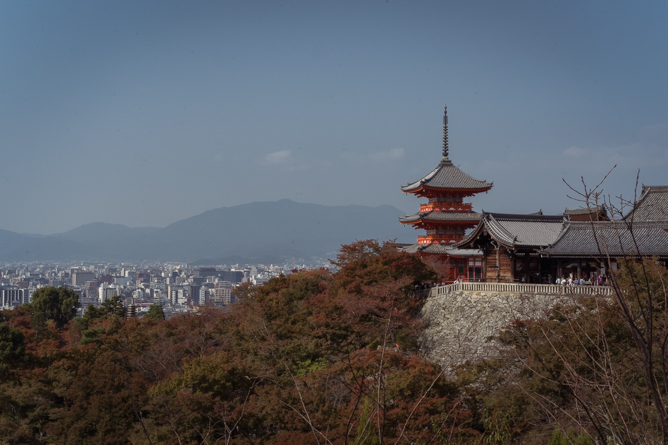
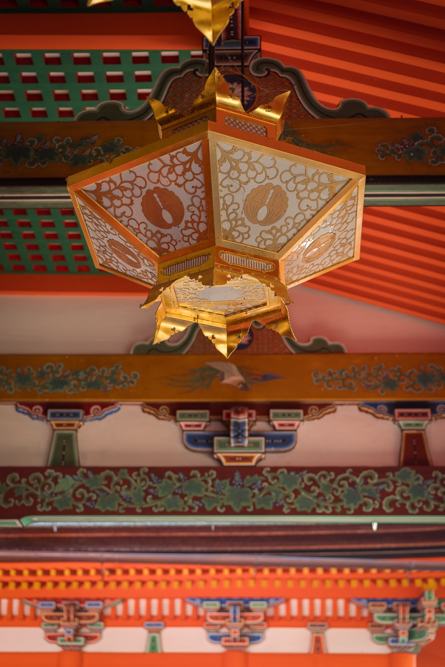
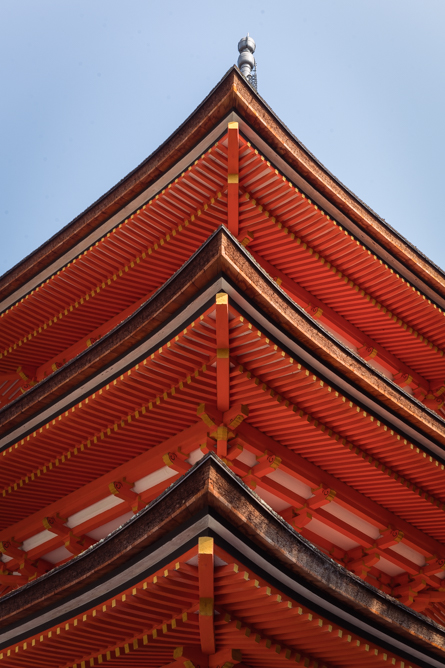

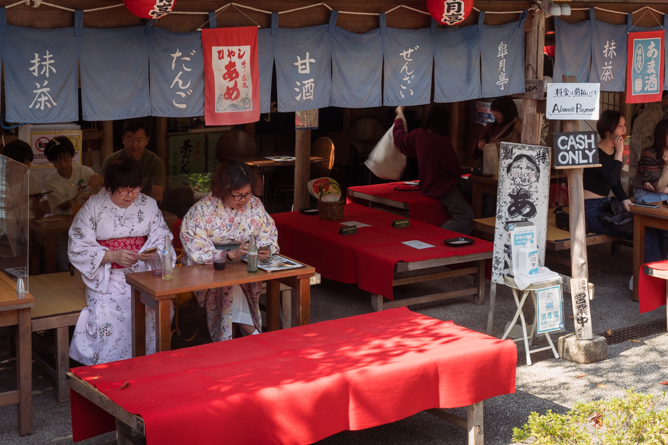
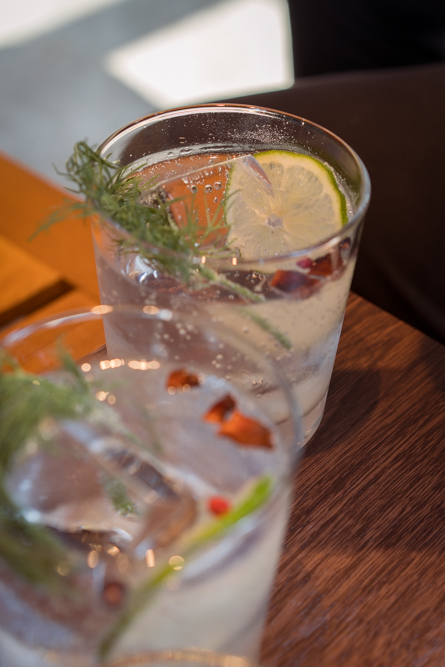

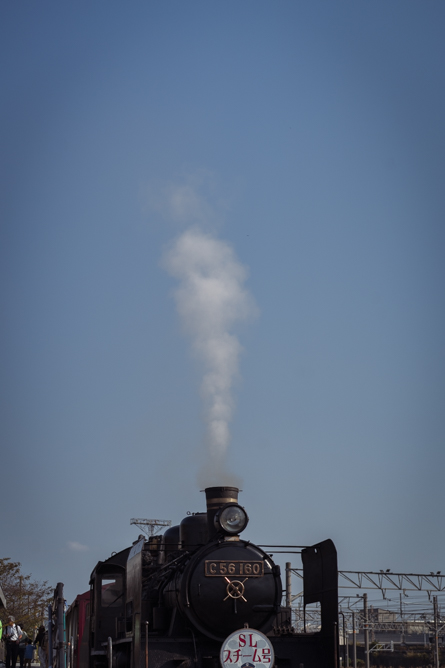
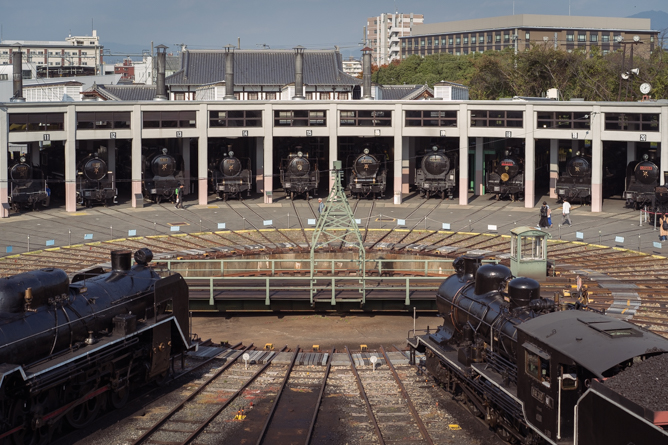
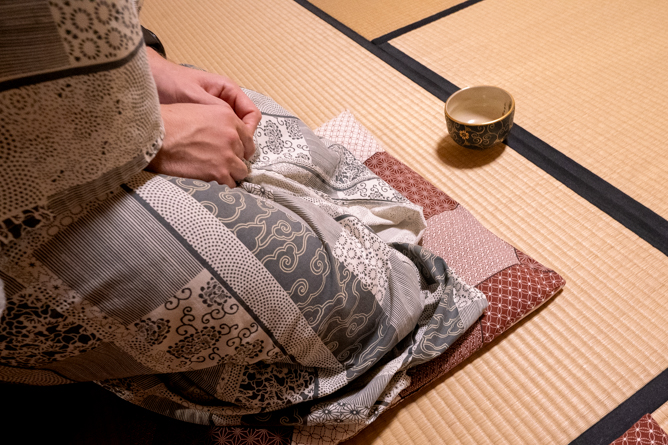
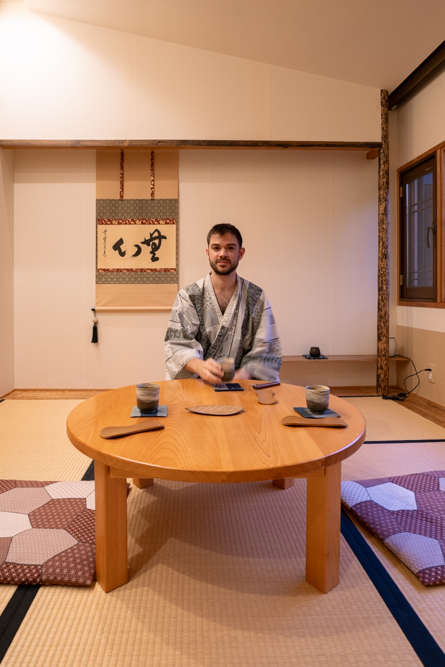
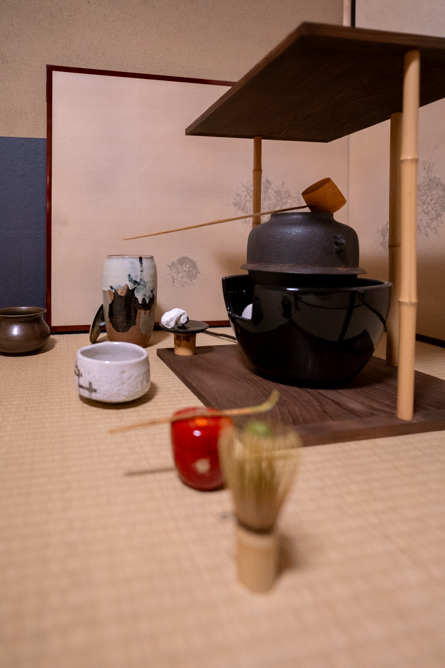
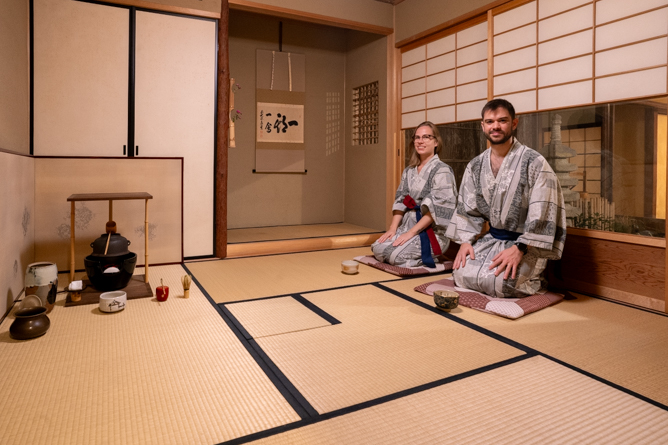
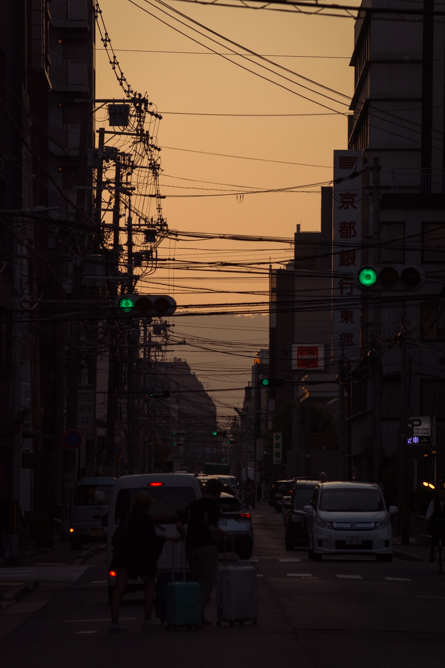
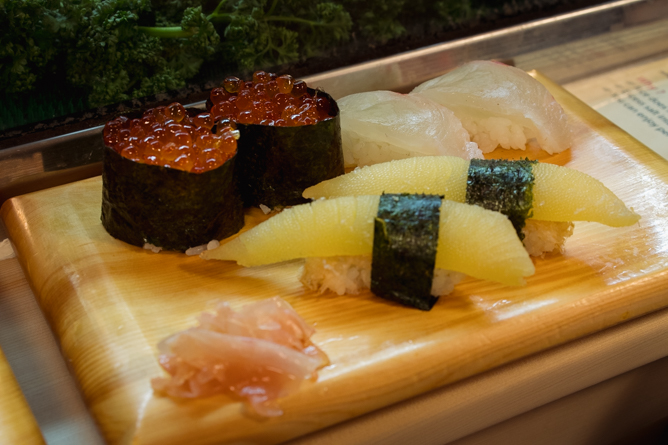
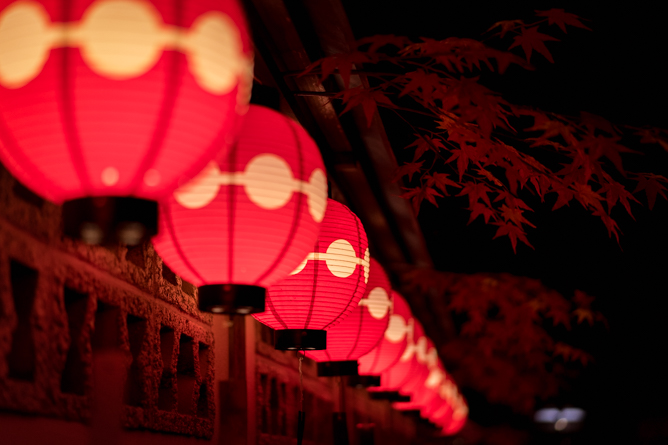
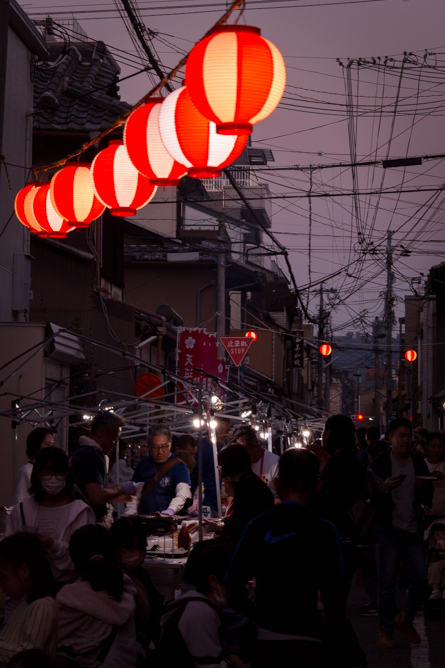
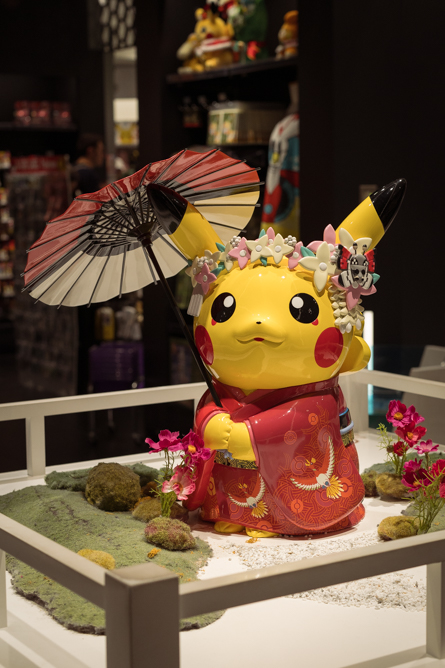
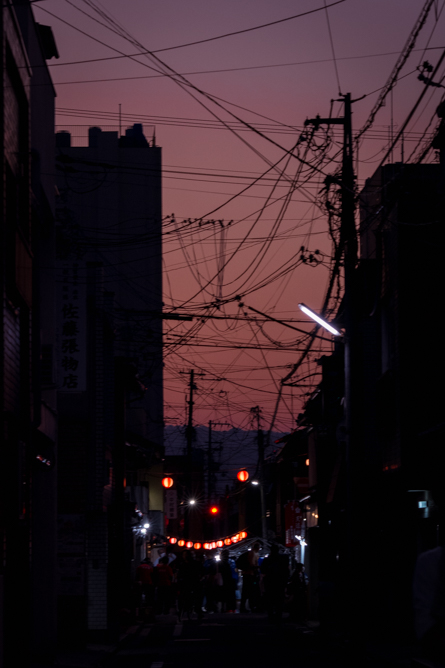
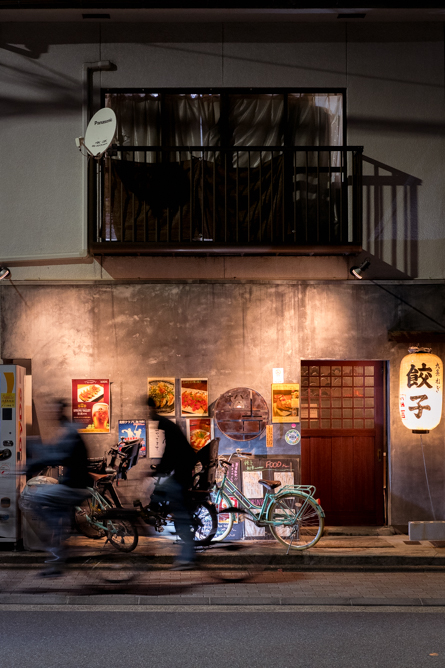
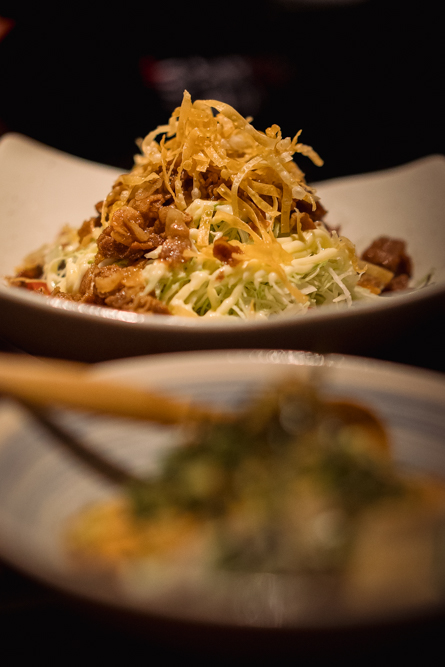
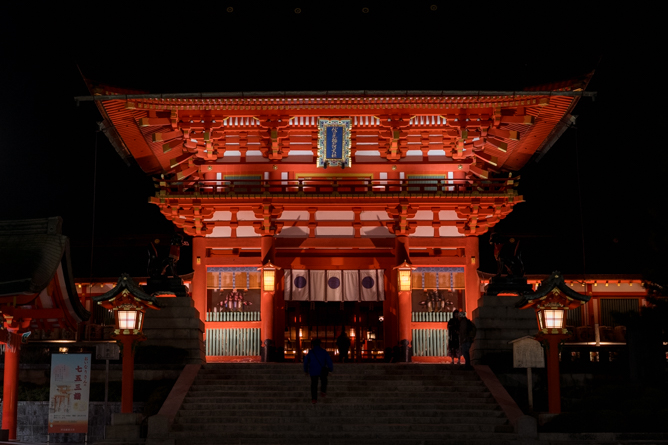
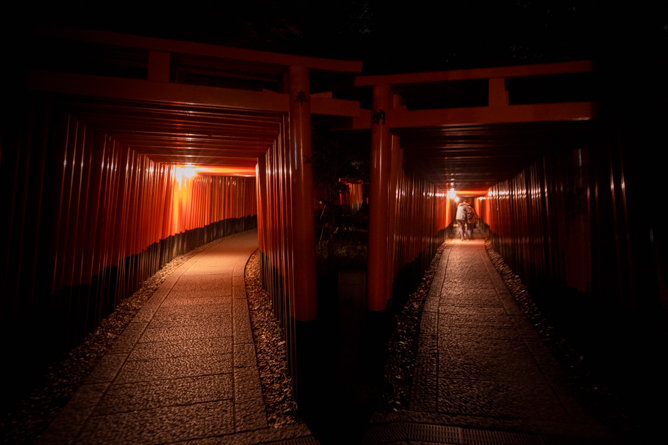
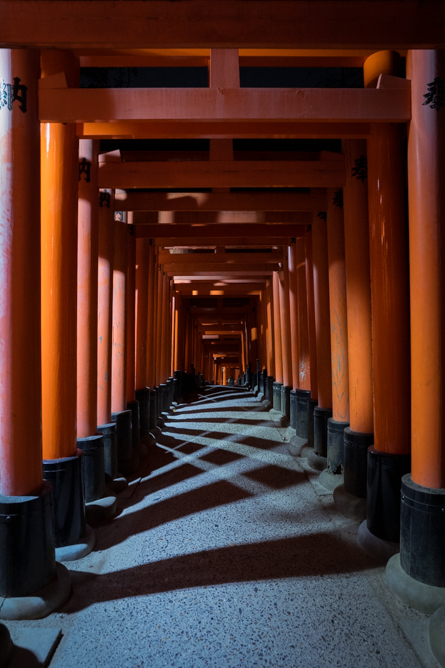
Kyoto Travel Photography
Walk among temples, energise scarlet and tea ceremony
The merging and interpenetration of religions in Japan is visible at every step. The two main faiths are Shintoism and Buddhism. When visiting places of worship, sometimes I wasn’t sure which temple I was entering because they were so similar. The rituals are fascinating – washing of hands and mouth, lighting of incense, prayers on wooden tablets, ringing of the bell and, in some temples, bare feet. Kyoto’s most famous Buddhist pagoda is the Golden Pavilion. The name is not accidental because its walls are covered with real gold flakes. The temple containing the Buddha’s relics and the garden surrounding it were intended to evoke the image of paradise on earth. However, I liked the Shintoist Imamiya Shrine much more. The temple complex is hidden among the trees so you can feel the spirit of all prayers. Maybe because it was founded to ask for safety from the epidemic and health.
Imperial Palace
The Kyoto Imperial Palace was the seat of the ruler for 500 years – in 1869 the capital of Japan was moved to Tokyo. I was amazed by its architecture, which maintains monumental symmetry fortified with interesting, minimalist details. However, many decorative elements have a practical function. For example, the narrow channel around the courtyard not only creates a mirror effect but also collects rainwater falling from the gutter above. And on top of all this, the ubiquitous, energising red colour, which, when dressed in simple forms, simply exudes power.
Night in Ryokan & Tea Ceremony
One of the most beautiful experiences was also a night in a ryokan – a traditional Japanese inn. Ryokan Tori also provided a hot bath, yukata (kimono – home wear), Japanese breakfast and a wonderful tea ceremony. There are many different ways to prepare the drink and the methods are learned during training. Our tea was prepared as an October ritual. But regardless of the brewing method, the essence, at least for me, was the celebration of such a simple activity that we usually do very unconsciously.
During my trip to Japan, I also visited other cities. Here you can see reports from Tokyo, Nara and Osaka.
Tokyo Travel Colors
Kyoto travel photography helps you get to know the city and observe its colours. Again, as in the case of Tokyo, I chose red but in a different shade. Scarlet is more orange, which makes it truly energising and its power highlights the history of the country. Next, we have two tea colours – cheerful green matcha and deep brown kobicha (seaweed tea). The latter is one of the traditional Japanese colours, used, among others, for dyeing kimonos. The whole is complemented by a black and blue shade of charcoal, used, among other things, to produce ink.
